Mooresville’s IAWC hosts property, office tour
MOORESVILLE – In an attempt to educate their customers on the complexities of their operation, Indiana American Water Co. officials and local employees invited the public to a facility tour Saturday. IAWC is the largest water company in Indiana, and locally, its main office is in Greenwood. The tour was at its Mooresville facility.
A messy battle has begun between IAWC and the Town of Mooresville, which is moving forward to try and purchase the water system through eminent domain. IAWC officials are not willing to sell and are suing the town on issues that touch on the open door law, proper notice of meetings, communications with the public and IAWC’s request for documents.
Kip Davis, Jessie Harris and Mooresville plant manager Troy Bryant, all certified operators, led visitors to the different processes that go on in Mooresville. They also had breakfast treats, coffee, take-home brochures and giveaways, with a video that explained the company’s operations.
Bryant said IAWC has about 3,700 customers in Mooresville, with boundaries being at Gray’s Cafeteria at the south end of Ind. 67 and running through town to the Marsh shopping center at the north end. It has five wells. Four are at the Mooresville town site on West Harrison Street, and one, which it leases, is off of Ind. 42.
IAWC took over the Mooresville water system from another water company in 2000. Since that time, it has made an investment of about $4 million on what the company describes as an efficient system.“Our office area used to be a garage,” Bryant said. “And we did our chemical testing there.”Now, the office has a reception area, a conference room and computer room. Bryant said they recently installed an automatic generator that backs up three of the wells, the testing area and the office in case of power outages. He said flooding has never caused them to shut down the wells and get inside the equipment to remedy the situation. But it has come close a few times.
Davis, who has been with the company for 23 years, said 3,500 feet of pipe runs into the Mooresville facility. There is a meter there and a lab where monitoring is done daily on levels of fluoride, chlorine and phosphate. “The river bottom holds all our water,” Davis said. “Iron is the biggest problem in our area, but actually, we have a low amount of iron in our wells.”Davis said weekly tests are done on alkalinity and water hardness and levels of magnesium and iron. Bacteria samples are taken monthly of the raw water in the wells.“Our chlorine and ph testing is done 24-7 and it’s tied to an alarm system. When levels aren’t just right, we are called,” Davis said.
The Mooresville facility has also just been named a certified satellite lab, where staff can do bacteria samples on-site. Davis said this is a plus when there are water main breaks.“This saves us days on waiting for results when we had to send the samples out — and it saves money on postage. We can have the results within 24 hours now.”Bryant said all of the wells are 80 or more feet deep. He explained that Well No. 3, which is visible at the office facility, pumps out 350 to 375 gallons of water per minute. The staff does “draw-downs” when the wells are at normal water level to see how much water they can currently get out of them.
All this information is visible by computer, in real time, showing which wells are operating, how full they are, the pressure levels and other important information. Bryant said the state requires that the wells be cleaned every three to five years at a cost of about $10,000.“If someone moves out of a residence or business, then we have to test the meter before it goes back in the ground,” Bryant said. There is a water tank on Ind. 144, with two booster pumps and a fire pump, Bryant said. There is an elevated tank by the high school, and an underground booster station at the Marsh shopping center. Businesses and residents are allowed to have wells, even if they are IAWC clients. But those must be completely separate from the water operation and are inspected before the meters go in.
In a PowerPoint presentation on Aug. 7, Mooresville Town Councilman Tony Langley, a former water employee, showed how IAWC’s rate system is placing the town in a group with other municipalities that are footing the bill for infrastructure upgrades elsewhere in Indiana. The increase that just went into effect this summer raised residential rates almost 17 percent — but larger water users have been hit with a 40 percent rate increase. Council members believe this will hurt Mooresville’s attempt to attract more businesses and larger corporations and jeopardize some existing employers’ plans for staying in town.
Mooresville has since moved the court case from the Morgan County Circuit Court to the United States District Court for the Southern District. The town has a right to transfer the case, and also has the right to attempt a purchase of the water system, according to state and federal laws.
Bryant said that the town contends this is not “rocket science” and that the system can be run efficiently without a profit motive — and customers can experience lower rates.“I don’t think that running this system is as easy as the town council believes it is,” Bryant said.
By Amy Hillenburg | Reporter | Published October 21st, 2012 in The Reporter Times


Comments
No Comments